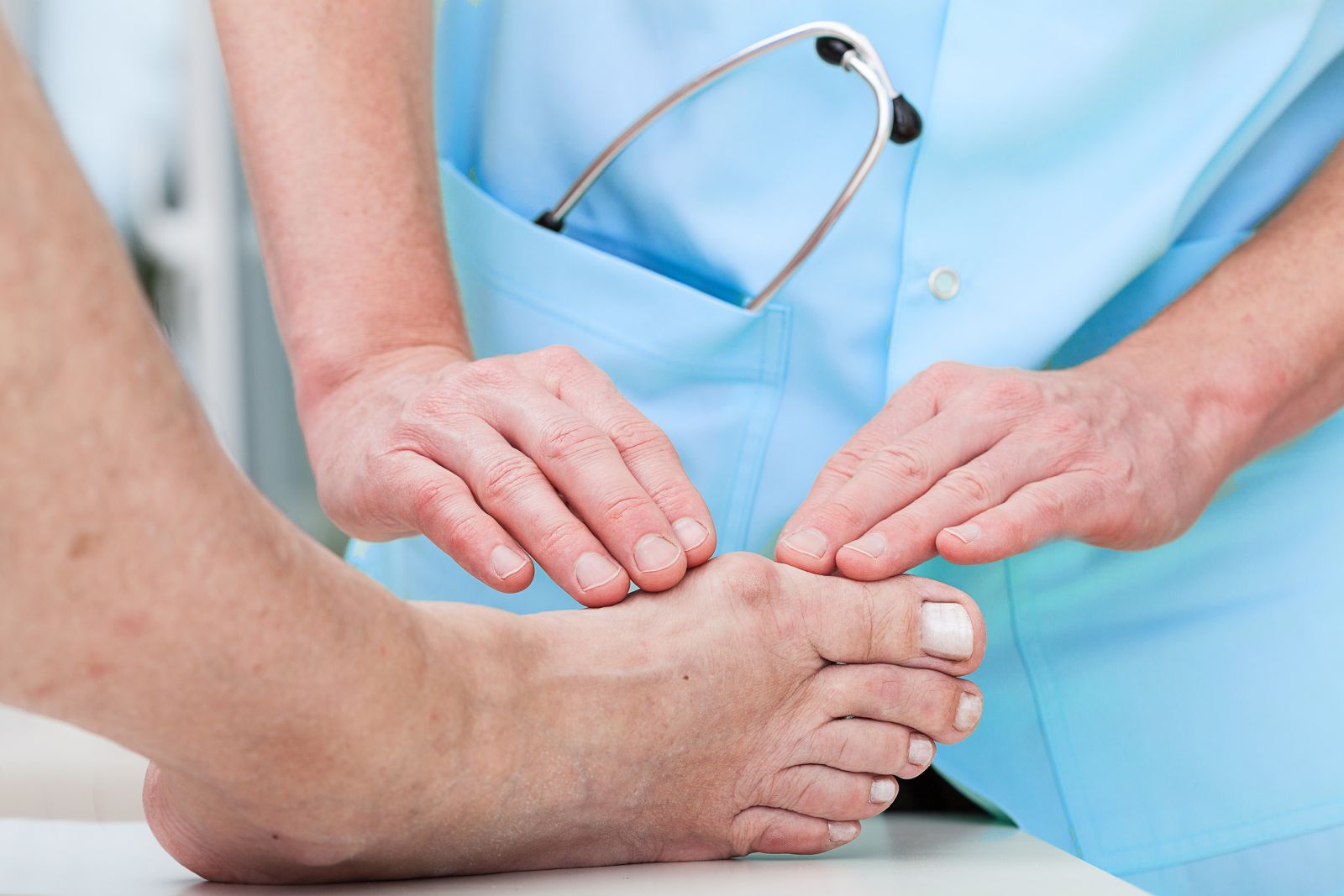Bursitis is a type of additional overgrowth of the joint at the base of the big toe. It often develops when tissue or bone in a finger joint moves out of place and causes the finger to flex. It is believed to be the most painful condition that can cause tendon and muscle rupture. His pain is sometimes incomparable, due to which a piece of bone forms on the foot.
Symptoms of bursitis include a gradual enlargement of a bump on the outside of the foot at the base of a large size, redness, irritation, itching, severe swelling, and excessive joint pain. It sometimes limits normal running, walking, and fast movement activities. The abnormal development of calluses on the toes caused by overlapping of the first and second toes causes the patient severe pain. Increased bone and tissue at the base of the big toe is an obvious symptom of bursitis. Bursitis can also be caused by inherited bone deformities or develop over time due to various factors. In fact, from a medical point of view, this is called deformity.
An advanced form of bursitis (abnormal induration) can make the foot grotesque and even lead to other serious illnesses such as arthritis, chronic joint pain, muscle breakdown, etc. Bursitis is formed after years of abnormal movement, pressure on adjacent bones or muscles on an inherited type of foot or even poorly fitting shoes. This is the reason why choosing the right footwear is essential to avoid bone marrow conditions.
The podiatrist can easily identify the problem and recommend appropriate bunion treatment. They can easily diagnose and classify severe symptoms of bursitis in the eyes. They use X-rays to identify bursitis or other severe deformity of the toe bone. X-rays are used to identify any aggravating factors for the comprehensive treatment of a patient.
However, most bursitis or moderate deformities can be treated without invasive treatment such as surgery. Also, the main goal of treatment is to relieve pressure on the thumb bone in order to prevent the rapid progression of joint deformity (callus). Padding bursitis around the bone, wearing wide-toed shoes, and avoiding high-heeled shoes in general can easily relieve pressure. Inflamed and irritating bursitis can be treated with ultrasound, ice, and even anti-inflammatory drugs.
In winter, the boots can be worn with orthopedic soles, and there is a little more room in these shoes so that you can use the big toe pads or toe straighteners at the same time. Shoes like Crocs are a trendy option, offering flexibility to include bursitis pads as well as a wide toe box to prevent any worsening. Unfortunately, to be 100% sure the problem won’t come back; the use of these tight high heels should be limited.
Foot and ankle specialists (orthopedists) can diagnose the condition and recommend the best solution to maintain and improve the health of your foot.




